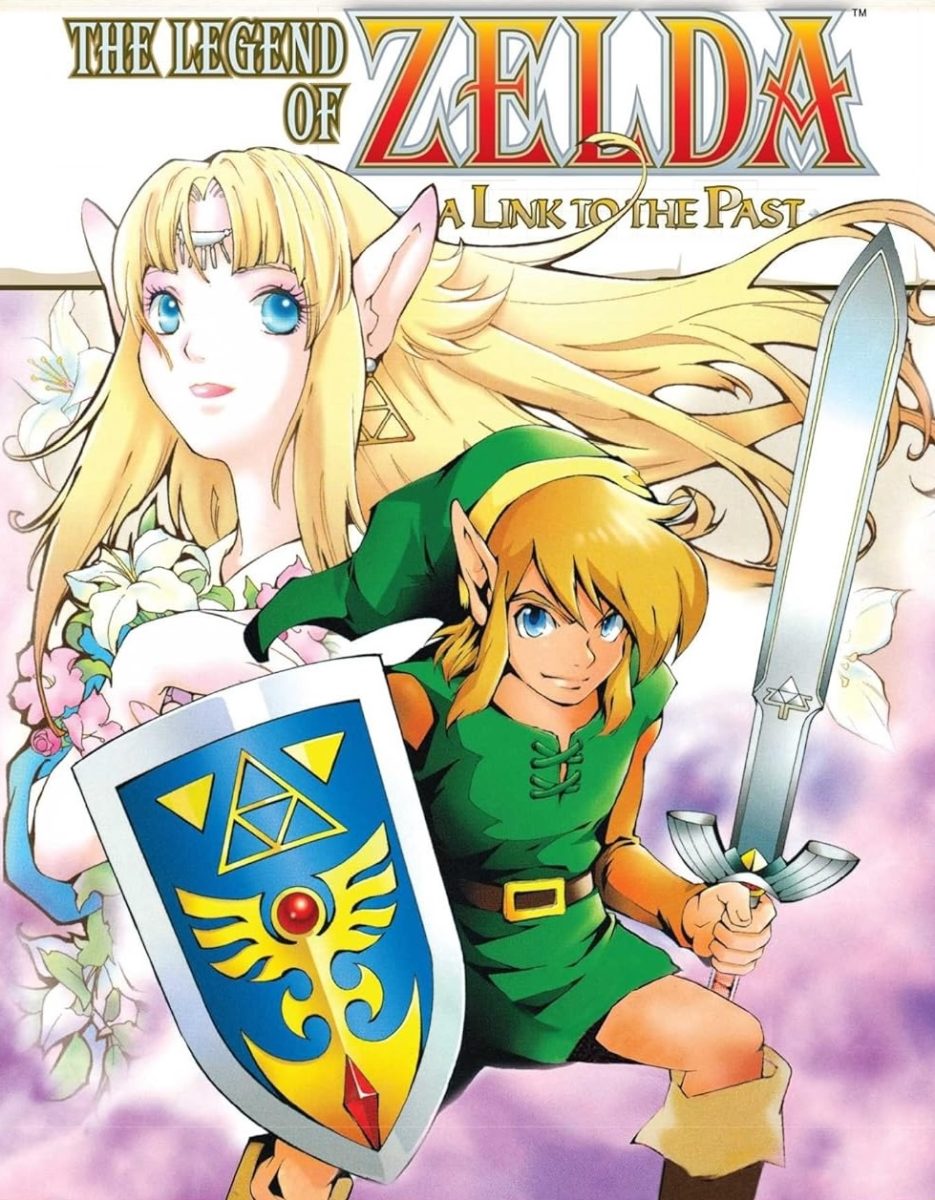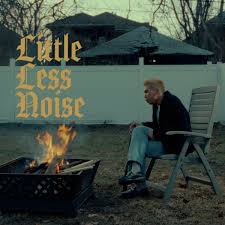Your Death Written as a Guarantee
A review of the emotional rollercoaster of an anime television series, “Death Note.”
February 20, 2023
A gifted high school student named Light Yagami sits in his room, scribbling names into a black notebook. In his universe, these names are not fictional, nor are they randomly chosen. They belong to criminals who Yagami believes deserve to die as punishment for their actions. The standard cause of death is a heart attack, but for the most immoral of outlaws, he can write beneath the name an alternate way for them to die. Suicide by hanging. Burning alive. Even bleeding out after writing in their own blood.
These deaths, however, are not a figment of Yagami’s imagination. He is writing in his Death Note, which guarantees that the people whose names he has written will perish, exactly as he instructed. But Yagami does not feel guilty about his own crimes in the least.
“I am justice,” Yagami assures himself.
This gruesome magic takes place in the anime television series “Death Note.” Although the final episode of the television adaptation was released in 2007, one of my friends recommended it to me a few months ago. She has watched it countless times but offered to watch it with me while we hung out at her house. We just finished watching the last of the 37 episodes within the past few weeks.
In “Death Note,” Yagami finds the titular object, an otherworldly notebook that has the supernatural ability to murder anyone whose name Yagami writes within its pages as long as he knows both their name and face. It was dropped by a shinigami, or Japanese creature of darkness, named Ryuk, who was bored. Although Yagami is horrified by the Death Note’s supernatural power at first, Yagami tests the Death Note on criminals he sees broadcast on television where he lives in Japan. Once he realizes it works, his mind runs wild with the possibilities. As the frequency of Yagami’s killings escalates, Ryuk reveals himself to Yagami as the previous owner of the notebook. Ryuk tells Yagami that he finds it entertaining how Yagami is using the Death Note.
From there, Yagami spirals into a serial killer. As Yagami widens his scope to outlaws around the world, the media deduces that the same person must be behind the perplexing killings and dubs the murderer “Kira.” Interpol, the international law enforcement agency, hires a detective named L to try to catch Kira. Yagami ends up targeting everyone who stands in his way, whether they are criminals or not. He vows to kill L before L can prove that Yagami is Kira. At the same time, L has never been unable to solve a case.
The pacing of the plot was perfect. I never thought it dragged on. Just as I thought the series had to be ending soon, and there was no way they could come up with any more new twists on the concept of the Death Note, the show’s producers proved me wrong.
My friend warned me when we started watching “Death Note” that many of her other friends and even her mother either hated or stopped watching it because too many people died during the show. I will admit, I did not appreciate how only one of my favorite main characters actually lived to see the credits roll, and I was particularly heartbroken when my No. 1 favorite was murdered about halfway through.
The character deaths especially impeded minor character development. For instance, just as I started to empathize with a law enforcement agent who left his fiance behind to pursue Kira, Yagami killed him and his fiance to avoid getting caught. That was great for the plot, but I would have loved to have been able to get to know the agent a bit better.
Similarly, throughout all of “Death Note,” I barely started to like and get to know a character only for them to be mercilessly murdered.
However, the frequent character deaths are, in part, what drove me to watch the series until the end. I needed to see what became of Yagami and whether he would pay for his heinous crimes. I won’t spoil the ending for those of you who might watch it, but I will say it came full-circle.
Despite the character deaths and poor development of minor characters, the major characters were developed much more skillfully. Their deaths were strategically timed so that the audience could get to know them enough that, once they did end up dying, you could feel satisfied with the time you managed to spend with them. For instance, a certain family member of Yagami’s dies over halfway through the series, but since you know that family member so well as a character by then, you can reminisce like Yagami has to instead of wondering what more could have come of their relationship.
One of my favorite elements of the characterization in “Death Note” is the dialogue. The series is rampant with killer one-liners that clearly encapsulate the main characters’ ambitions.
Take Yagami, for example, on one of the many occasions when he is trying to avoid getting caught by L:
“If Kira gets caught, he is evil. If Kira rules the world, he is justice,” Yagami tells himself.
Yagami’s warped moral code and skillful evasions only seem to further motivate L to work harder at his investigation.
“Sometimes, the questions are complicated. The answers are simple,” L says.
Although L’s mission to catch Kira is quite convoluted, the solution of catching him is much simpler than the path to get there. L’s statement shows how direct he is and yet how he thinks in simply-worded paradoxes.
Other than the characters and plot, the animation was great, especially considering the series is from 2007. I never found myself complaining about the quality of any of the visuals. Of course, the amount of gore might bother some people, but that is to be expected given the content of the anime. A non-gory example would be when Light punches L in the face and then L kicks Light in the face. As they fight, their actions are incredibly smooth to watch and never look impeded visually.
The soundtrack was also great. I especially loved the rock theme song in the second half of the show, which sounds like the rock music I listen to on my own time, except with lyrics in Japanese instead of English.
Despite its gory content, the show teaches its audience that every action has consequences, no matter how long they take to catch up to you. Therefore, if you can handle being entranced by characters only to watch them die right before your eyes, or if you’re like me and that motivates you to root for the fall of the villain, the lessons in “Death Note” make the anime worth watching.
“Death Note” is currently streaming on Netflix, Amazon Prime Video, Hulu, Hoopla, Peacock for free with ads, Peacock Premium, The Roku Channel, Tubi TV, Pluto TV and VRV. It is also available for purchase to be downloaded off of Vudu, Apple TV, Amazon Video and the Microsoft Store.

















